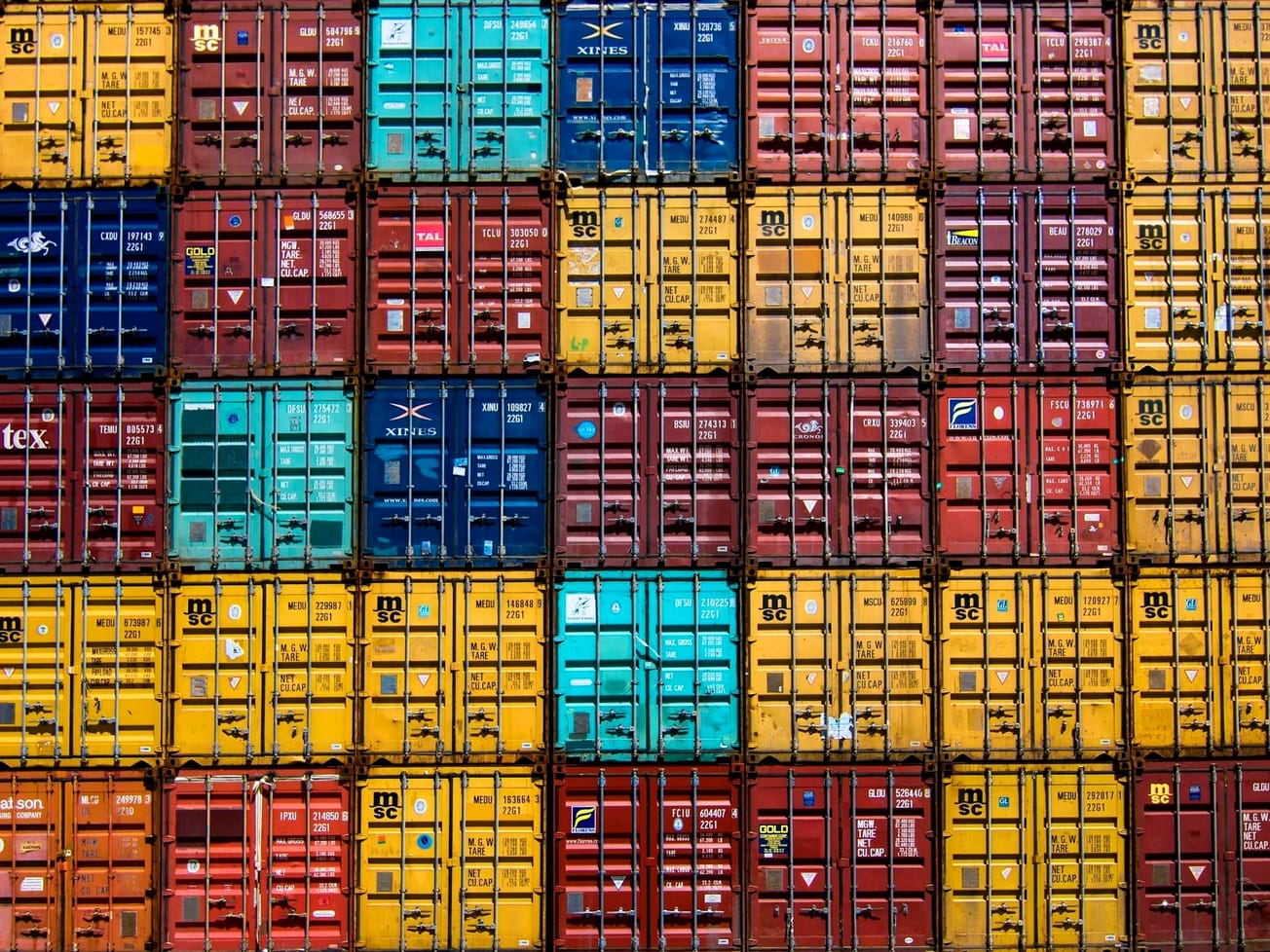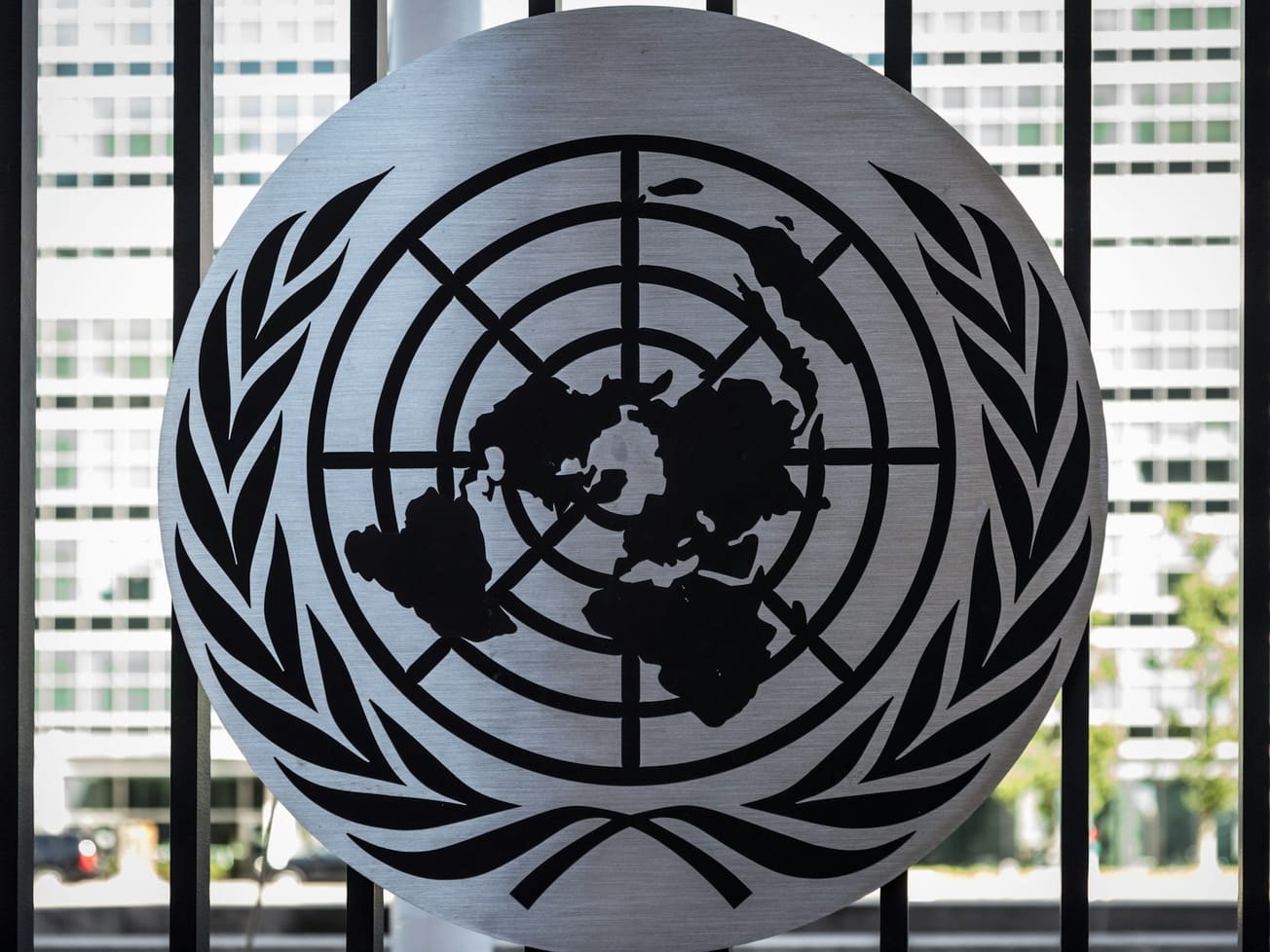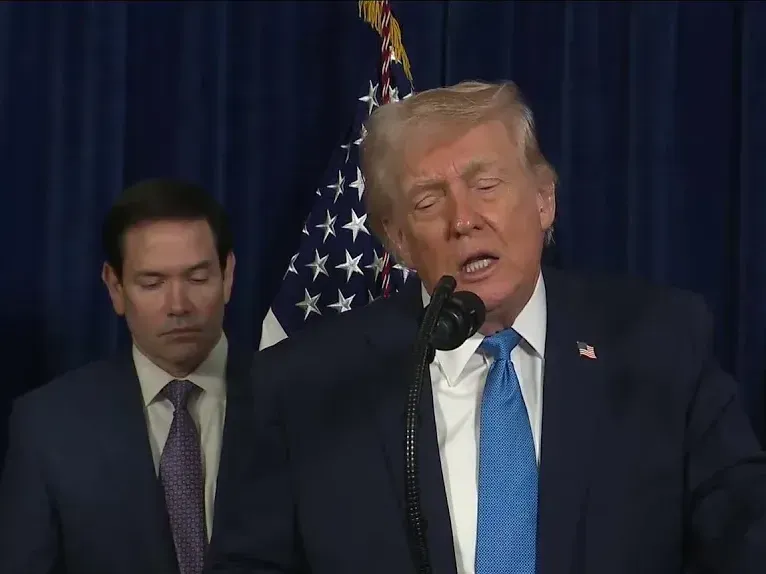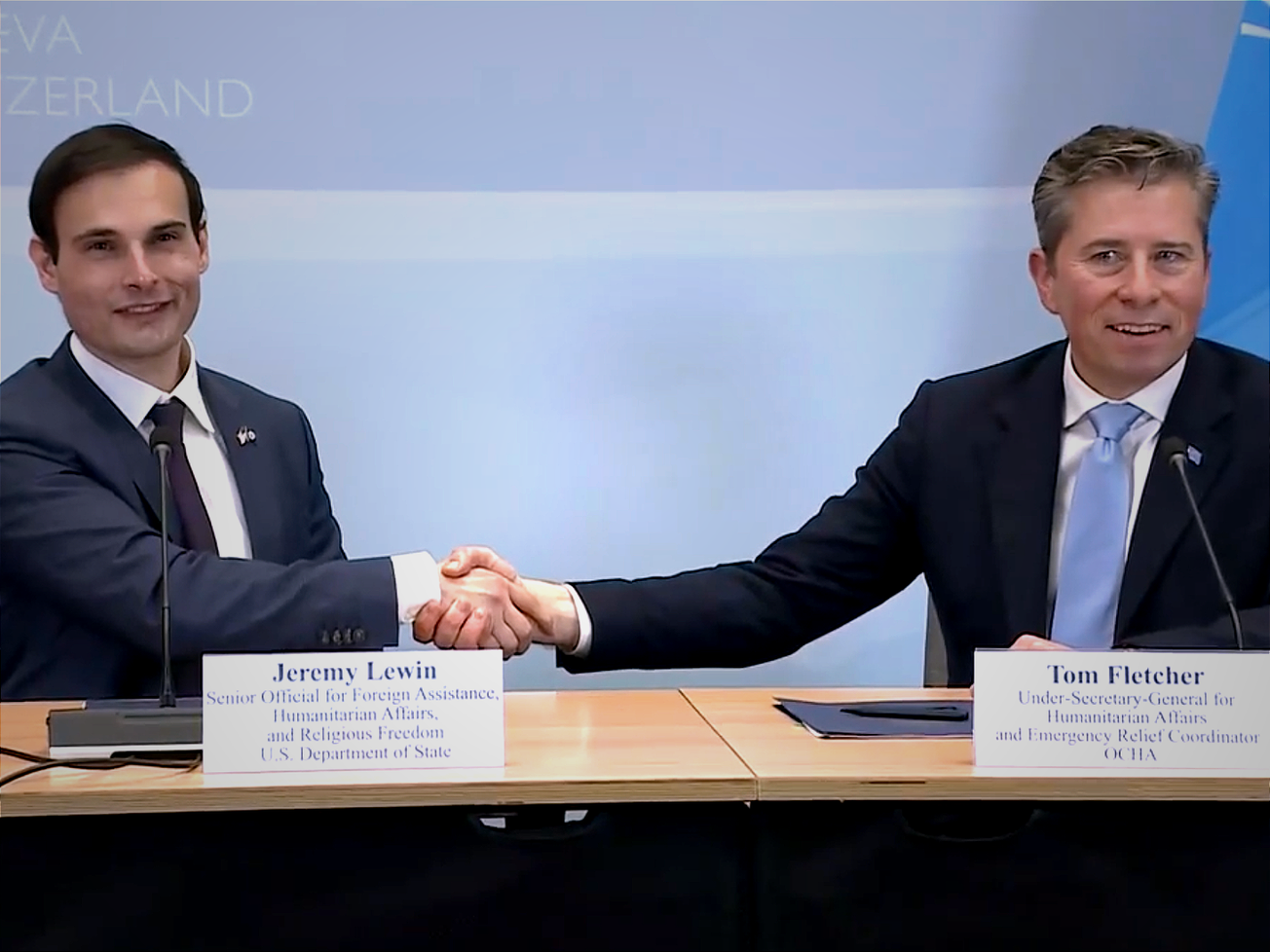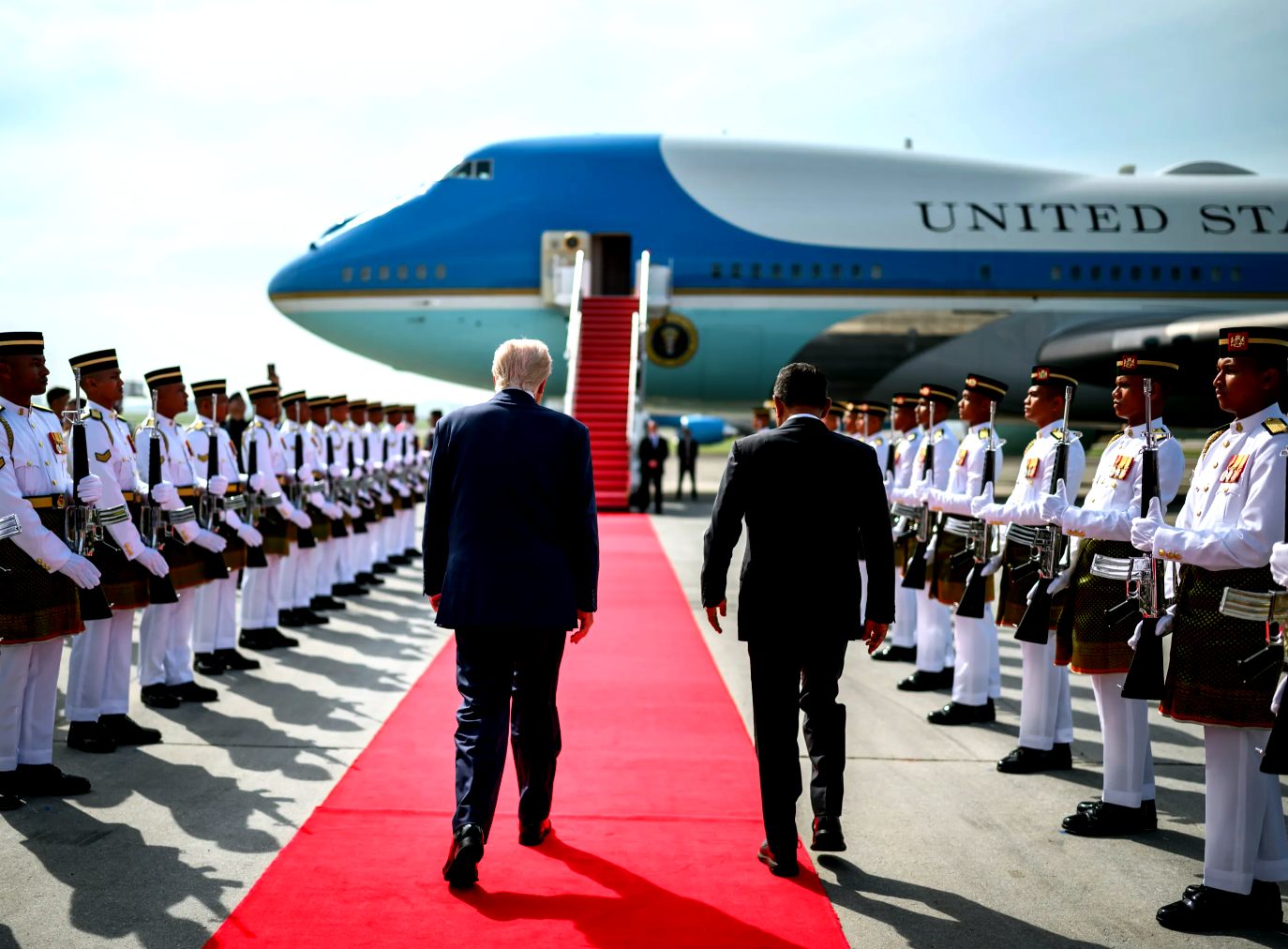GENEVA (AN) — The average U.S. tariff rate has soared to 20.1%, the highest level since the early 1910s, according to new data from the World Trade Organization (WTO) and the International Monetary Fund.
The new figure, calculated by applying the latest tariffs to 2024 trade volumes, prompted a stark warning from WTO on Friday about a potential slowdown in global commerce.

